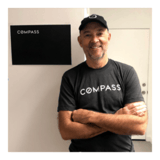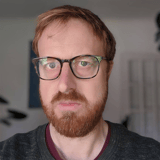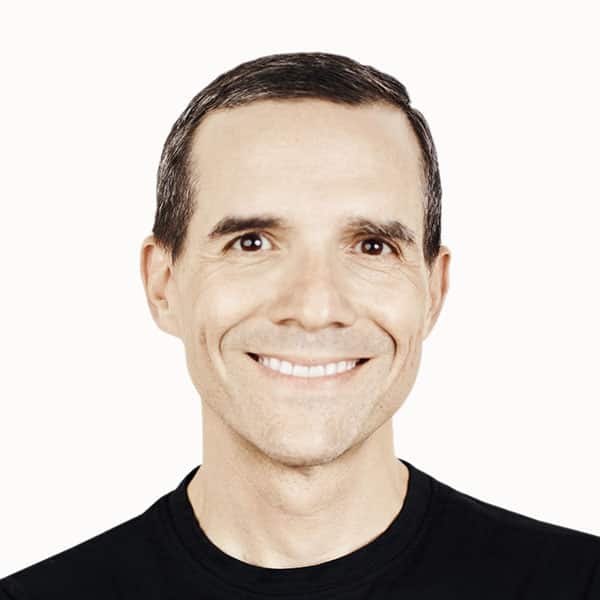Log in or create a free Rosenverse account to watch this video.
Log in Create free account100s of community videos are available to free members. Conference talks are generally available to Gold members.
Summary
People have used paper notebooks as thinking tools for over a thousand years. As a result, many popular digital note-taking tools have adapted familiar metaphors and structures from paper notebooks. But digital notes can do much more than paper. This seminar by Duly Noted author Jorge Arango shows you how to unlock your cognitive potential using connected note-taking apps. Watch Part 1 Watch Part 3
Key Insights
-
•
Hypertext note-taking relies on creating succinct notes around individual ideas rather than lengthy linear documents.
-
•
Links between notes are central to hypertext systems, enabling emergent networks of thought and easier retrieval.
-
•
Traditional note-taking apps often replicate physical notebooks' hierarchical structures, limiting link usage and discoverability.
-
•
Modern hypertext-native apps like Obsidian and Notion offer richer linking, though their philosophies differ: Obsidian is local and open, Notion is collaborative and SaaS-based.
-
•
Successful hypertext note-taking requires shifting mental models from organizing by folders to thinking in a web of interconnected ideas.
-
•
Notes should be 'evergreen'—continuously revisited, expanded, and refined—rather than ephemeral like shopping lists or class notes.
-
•
Knowledge gardening is an apt metaphor: notes require ongoing care through pruning, linking, and nurturing to foster deeper thinking.
-
•
Markdown is the preferred writing format in hypertext note-taking for speed, flow, and AI compatibility.
-
•
Excessive tagging can create friction and reduce effectiveness; Jorge recommends minimal, purpose-driven tagging, capped at about three tags per note.
-
•
Hypertext note repositories enable enhanced collaboration with AI, as large language models can better understand and relate discrete, linked ideas.
Notable Quotes
"You can be most successful at using new note-taking tools if you bring to the practice a different set of mental models."
"Notes can do more than augment memory; they are a crucial part of knowledge management and thinking evolution."
"Linear notes are fixed hierarchically and chronologically, making it hard to find patterns across ideas."
"Hypertext notes coexist on the same level and link to each other arbitrarily, creating emergent structures."
"Most note-taking apps aren’t designed with hypertext in mind; they mimic traditional notebooks, which adds friction to linking."
"Tools like Obsidian and Notion are hypertext-native and make linking a first-class feature, fulfilling visions from the 1960s."
"The point is not the product or output of note-taking, but to think more effectively — creating a mental place for your thinking."
"Links are first-class citizens in hypertext note-taking; connecting notes brings ideas to life and reveals new relationships."
"Knowledge gardening requires continuous nurturing — revisiting notes, expanding them over time, not just capturing and forgetting."
"Large language models don’t think like us but have superpowers in pattern matching that help surface relationships in linked notes."
Or choose a question:
















More Videos

"We made this move in January 2020 — our research and insights team moved out of UX but stayed within product organizations."
Nalini KotamrajuResearch After UX
March 25, 2024

"The end of history illusion is that we think we're done evolving, but we vastly underestimate future change."
Dean BroadleyNot Black Enough to be White
January 8, 2024

"Every day is a chance to check: is this how I want to be? This is a long-haul, marathon effort."
Denise Jacobs Nancy Douyon Renee Reid Lisa WelchmanInteractive Keynote: Social Change by Design
January 8, 2024

"People problems find their way to design ops because we’re known problem solvers and people run to us when morale is low."
Kim Fellman CohenMeasuring the Designer Experience
October 23, 2019

"What is design’s relationship to power and privilege? Which humans do we center when we say human-centered design?"
George AyeThat Quiet Little Voice: When Design and Ethics Collide
November 16, 2022

"You have to treat the design system like a product that everyone in your organization will use."
Nathan CurtisBeyond the Toolkit: Spreading a System Across People & Products
June 9, 2016

"We are building cross-product research capabilities to curate a holistic understanding of agents across all workflows and touchpoints."
Greg PetroffThe Compass Mission
March 10, 2021

"Culture is the sticky glue holding us together but flexible enough to allow us to move in new directions."
Chloe Amos-EdkinsA Cultural Approach: Research in the Context of Glocalisation
March 27, 2023

"Agile can feel like a cult, but the data helps show it’s working and not just a belief system."
Mackenzie Cockram Sara Branco Cunha Ian FranklinIntegrating Qualitative and Quantitative Research from Discovery to Live
December 16, 2022
















